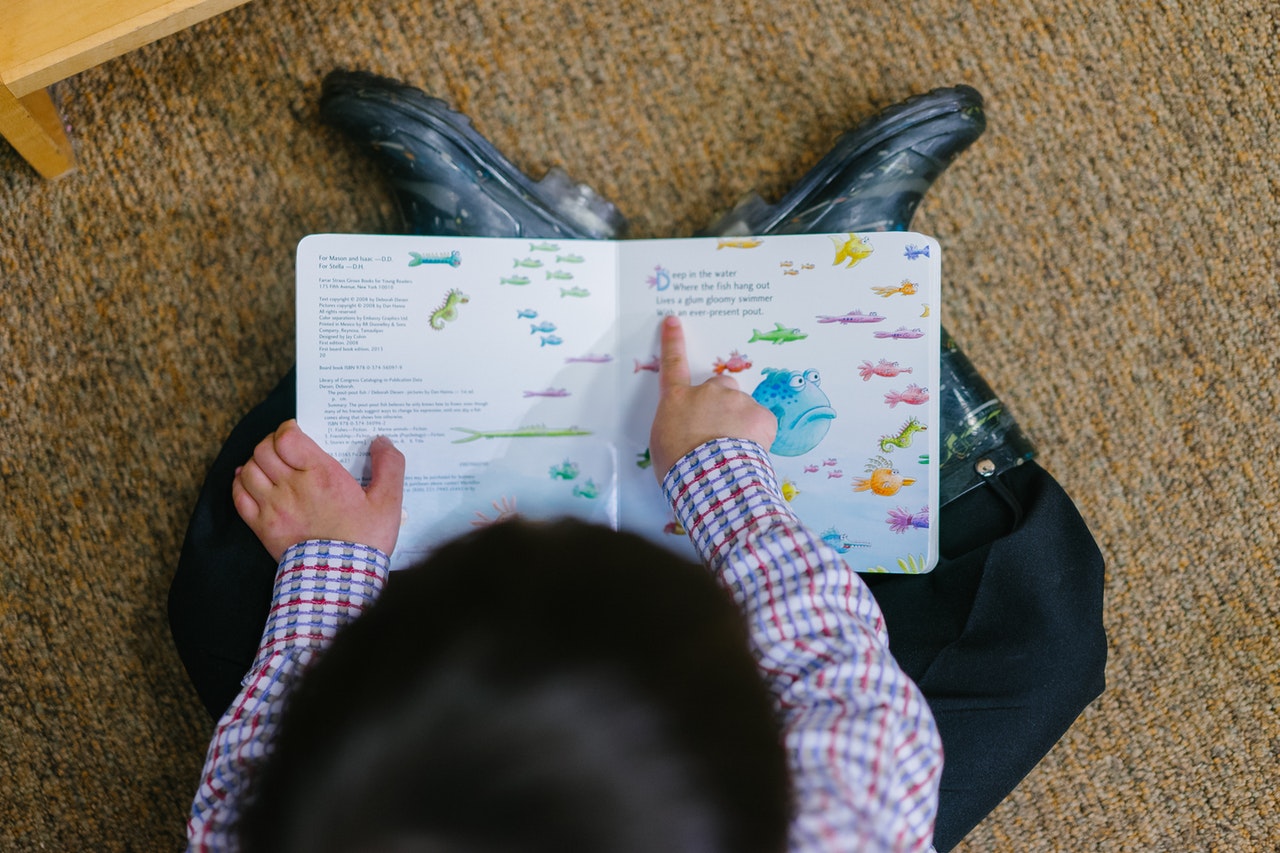3 Ways to Improve Language Skills Using Picture Books

Many parents recognise the importance of improving the language skills of their children. Picture books can be useful building blocks for child literacy. A good picture book will be colourful, easy to read, and include high-frequency words. They are usually used in many early childhood classrooms to teach reading, writing, listening, speaking and even critical thinking skills to children aged between three and eight years. There are many ways picture books can be used to improve language skills. A few of the most effective methods are explained below.
Expanding Vocabulary
Young readers start with a limited vocabulary. During storytime, whether at school or home, adults have the opportunity to introduce new and unfamiliar words. When we come across these words, we should try to define them using simple words so that they’ll understand better. After this definition, it is then a good idea to ask the child to explain the word themselves. This should potentially cause the child to store the new word in their vocabulary.
Another way to expand a child’s vocabulary is to introduce more picture books into their library while many kids do not mind repeating the same book several times, buying kids’ picture book bundles guarantees that you won’t run out of new words anytime soon.
Improving Comprehension
Improving comprehension is an important aspect of language skill development. Reading picture books aloud with children presents opportunities to test and improve their understanding of language and their ability to recall information.
Asking questions that begin with what, why, when, where, who and how can help you test how much a child understands. Using prompts that encourage children to fill in the gaps in sentences or pick an answer from provided choices help confirm comprehension and support expression at the same time. It is often a good idea to start with simple questions and gently increase the complexity of your interaction.
Stimulates Writing
Most children love picture books. However, some parents and teachers may not have learned to leverage their children’s interest in picture books to encourage them to write and even try to create a picture or storybook of their own. Picture books are a natural avenue for encouraging and motivating children writers. During storytime, adults should find opportunities to introduce activities which help children understand and apply purposeful writing.
As an example of an activity which could be used to encourage writing during storytime, imagine you were working with a picture book describing and celebrating the joy of finding a precious stone. We could then ask the children to describe using the five senses any object of great meaning or importance to them.
Developing language literacy is important in the early years of a child, and picture books are a useful tool for engaging children. Many parents and teachers will argue that a child can never have too many picture books in their library. You can always find great bargains for books, toys, gifts, stationery at TheWorks. They sell millions of picture books every year to families and people of all ages.
Read Also:

Dutch And Maltese Gaming Regulators Signs MoU To Prevent Illegal Gambling
The Purpose of MoU Under the MoU, there will be an enhanced cooperation between the…

Operators Pull Out Japan Casino Plans Amidst Uncertain Gambling Regulations
The casinos needed to submit tedious requirements before legalizing the business and face heavy taxes…

GrooveGaming Extends Contract With BetConstruct
The success of the merger showed a high demand for online casino products. GrooveGaming exploited…

Chile’s Casino Operators Receives Coronavirus Relief From Creditors, Investors
The gambling industry is among the industries which suffered the biggest losses. The casinos shut…

A Total Of 70 Gambling Ads Have Been Found By ASA, UK in Q2 2020 on Sites Familiar With Young Audience
The authority has not yet declared the names of the operators, which have been running…

Shape Games Co-Founder Indicates Their Plan To Go Completely Native
The co-founder states that this transformation is in response to tech-giant Apple's revolutionary announcement made…